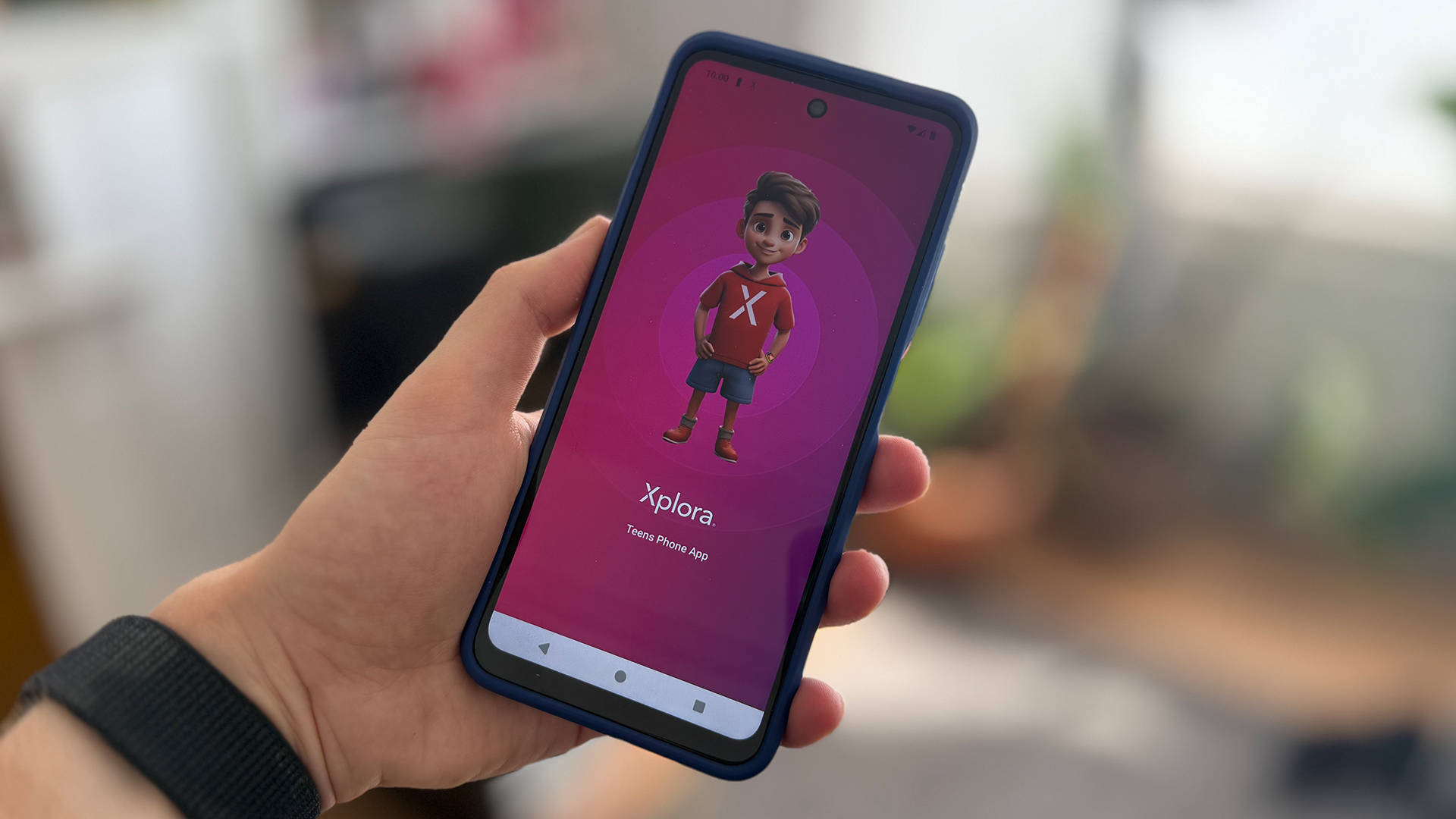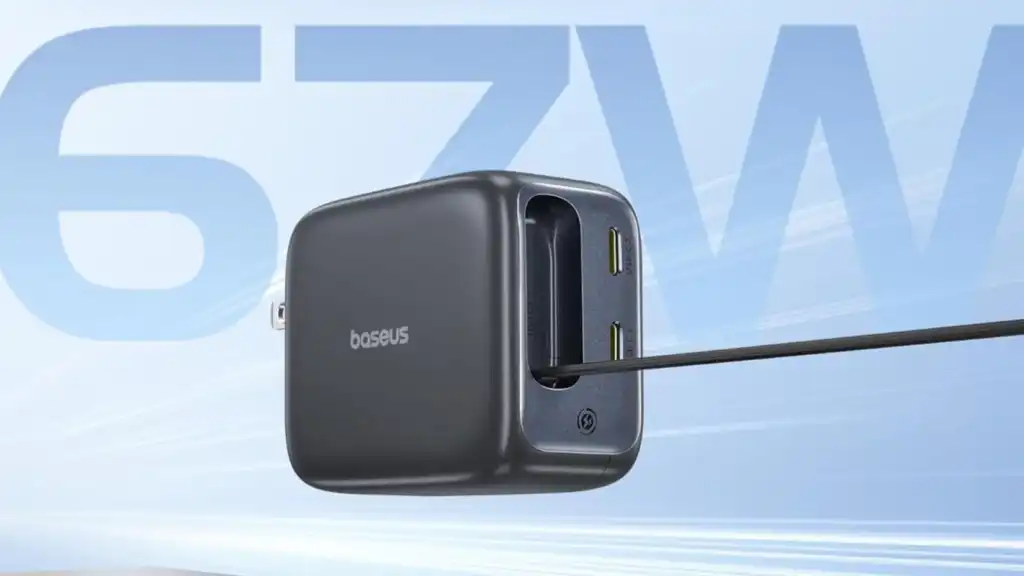When to give a child their first smartphone is rarely a simple decision. For many families, it sits somewhere between a logistical necessity and a leap of faith. The HMD Fusion X1 is a £229 device that tries to take some of the pressure off that decision by giving parents more control, introducing young users to digital life under thoughtful supervision.
Nearly half of children have a phone by age 10, according to Common Sense Media. That rises to 91% by age 14. The Fusion X1 is aimed at the moment when messaging becomes essential but unfettered access still feels inappropriate.
It comes with more features than a dumbphone – a decent camera, relatively recent operating system (Android 14), a 5000mAh battery and USB-C charging. Like other smartphones, it can also access Google’s app store, YouTube, and the Chrome browser.
However, unlike other smartphones, it doesn’t start life that way, but begins as a near-blank state.
Only the essentials – camera, gallery, file manager, Play Store, and HMD’s own battery app – are accessible. The browser, FM radio, and anything risky or vaguely time-wasting are locked away. Apps can be added one by one, by a parent. It’s a foundational approach to digital life: start with nothing, and build up from there. And all for a monthly £4.99 fee.
The device comes pre-installed with the Xplora Teen app, which a parent sets up from their own phone – Android or Apple. From there, they decide which apps are visible (or not, in real time), which contacts can be reached, and how the phone behaves during school hours or bedtime.

Adam Smith / Foundry
The app can enforce a whitelist for calls and messages, hide apps remotely in real time, and enable Safe Walk mode, which disables usage while the child is moving. Location tracking, safety zones – a parent will be alerted as a child moves in and out of them – and ICE (In Case of Emergency) calling are also built in.
What sets the Fusion X1 apart is that these features aren’t bolted on. They’re baked into the system itself. That makes them harder to work around, even for a savvy user, and easier for even a tech-adverse parent to set up.
What I find particularly compelling about this phone – and why it might be the best device I’ve seen so far for introducing young people to personal technology – is its longevity.
It’s not a locked-down brick that will be tossed aside in six months. It’s a device that can grow with the user. New apps can be added, timers relaxed, and restrictions lifted as the child demonstrates they can handle more freedom. That gradual progression is better for the child, and the environment. A cheap feature phone might offer peace of mind, but it’s also a short-term solution.
That said, there are areas in which the Fusion X1 fails to perform. The first is the lack of control over Google Chrome, YouTube (the most popular app among children, followed by Snapchat) and the Play Store. There’s no point restricting the apps a child can download while also providing them unfettered access to the global web.
HMD recommends that parents use Google’s Family Link service, which lets parents set age-based content filters, approve app downloads, and restrict browsing or video content. This adds another layer of setup and some of the features will be redundant: Family Link also offers some of the same functionality, such as location tracking, that HMD does.
While the smartphone maker has gone further with its features (offering 10 location-based safe zones rather than two, for example), Google provides its offering without a subscription fee, which could be more attractive to parents on a budget.
Live location tracking is an ongoing aspect of the subscription, and while the X1 is linked to a parent’s phone, some type of tracking will always go on. This is something a parent should be able to disable as a child ages, as you won’t build trust with your child if they feel that they’re under constant surveillance.
And of course, none of this prevents the underlying issues. A determined child will always find ways to push boundaries. Similarly, it’s a parent’s responsibility to ensure that they explain why they’re making decisions, and to ensure their child understands. It might be easier to lock up every app that could be harmful until a child reaches adulthood, but that’s only likely to encourage them to rebel further.
From our experience, the X1 Fusion opens the door to that dialogue by giving parents clear tools to guide digital habits without overwhelming complexity, making it easier to build trust as children grow. Ultimately, however, no technology can replace honest conversation and mutual understanding in helping a child to navigate the online world safely.
If you think your smartphone is taking over your life as an adult, a dumbphone is an option. See what happened when our Mobile Editor switched his smartphone for a dumbphone and find out why the BlackBerry is back.


